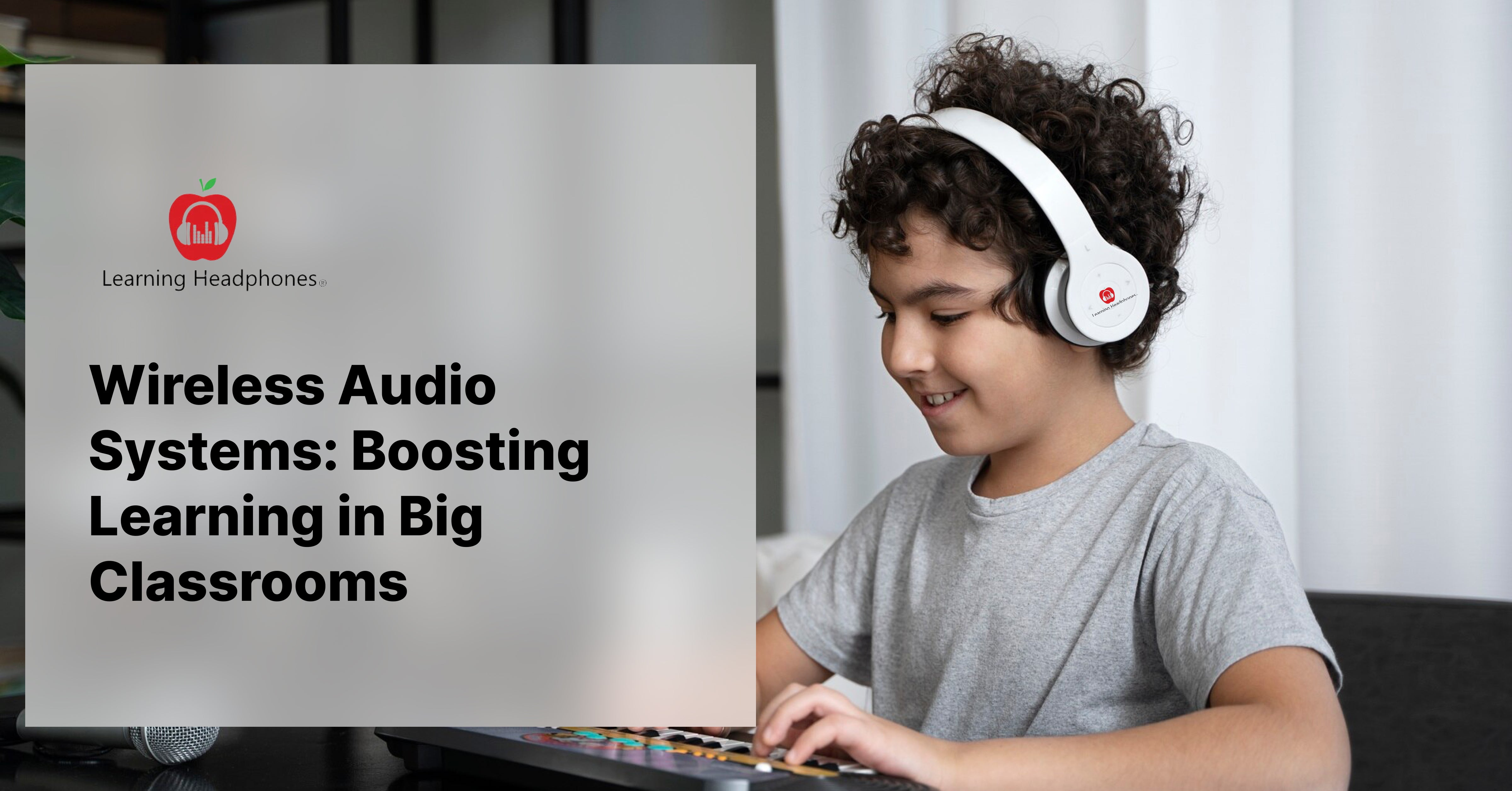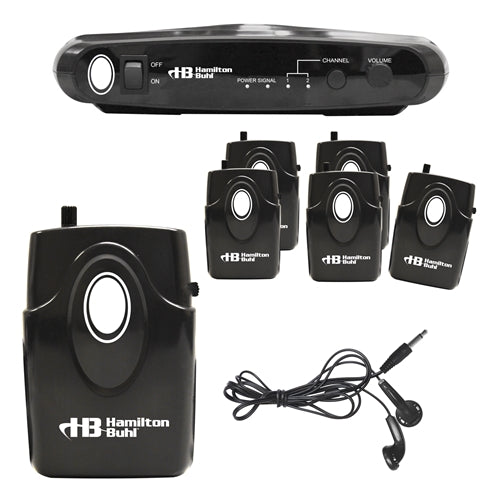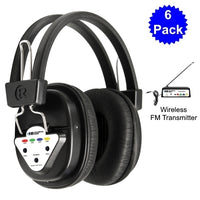In large classrooms and lecture halls, making sure everyone can hear clearly is important. Wireless audio systems help with this. They help students focus and learn better, while making it easier for teachers to speak without straining their voices. These systems have become important tools in modern education, improving the learning experience for all students.
| Key Takeaways |
|---|
|
• Wireless audio systems improve student engagement and learning outcomes • Proper implementation can enhance speech intelligibility by up to 30% • Various system types are available to suit different educational environments • Key features include Bluetooth connectivity and easy setup • ADA compliance and accessibility considerations are essential • Systems can support both in-person and remote learning scenarios |
Let's look at how these systems work and why they're important for modern education. Wireless headphones are just one part of classroom audio. Using wireless audio technology in schools has shown great benefits, from better academic performance to more classroom participation.
Types of Wireless Audio Systems for Classrooms
There are several types of wireless audio systems that work well in educational spaces:
1. Ceiling-mounted arrays: These hang from the ceiling and spread sound evenly across the room. They're good for large lecture halls where even sound distribution is important.
2. Wall-mounted speakers: Placed on walls, these speakers direct sound towards students. They're good for smaller classrooms or spaces with specific sound challenges.
3. Portable systems: These can be moved from room to room. They're great for schools that need to share audio equipment between different classrooms or for outdoor learning activities.
4. Assistive listening devices: These help students who have trouble hearing. They're important for making sure all students can learn equally.
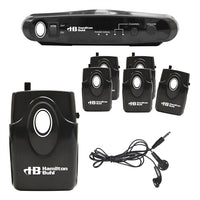
Each type has its benefits, and the best choice depends on what the classroom or lecture hall needs.
Key Features of Effective Wireless Audio Systems
When looking for a good wireless audio system, keep these features in mind:
1. Bluetooth connectivity: This allows easy connection to various devices, making it simple to use with existing classroom technology.
2. Wireless microphones: Teachers can move around while speaking clearly, helping them interact better with students.
3. Easy installation and setup: Systems should be easy to use daily, to avoid technical problems that could interrupt lessons.
4. Compatibility with other AV equipment: The audio system should work well with projectors, computers, and other classroom tech.
5. Multiple audio channels: This allows for different audio streams for different groups in the same space.
6. Battery life: For portable systems, long battery life ensures they can be used all day without interruption.
These features make the system effective and convenient to use. For example, headsets with built-in microphones can be great for clear two-way communication in interactive learning.
Top Product Recommendations
Here are some good wireless audio systems for educational settings:
1. Assistive Listening System (ALS700)
- Price: $327.84
- Includes 1 transmitter and 6 receivers
- Operating range up to 150 feet
- Great for enhancing sound in classrooms and libraries
- Ideal for students with hearing impairments
2. Hamilton Buhl 6 Person Wireless Listening Center
- Price: $356.68
- Transmits audio up to 300 feet
- Includes 6 wireless headphones
- Perfect for classroom settings
- Suitable for group activities and language labs
3. Califone Wireless Audio System Transmitter
- Price: $199.95
- Lightweight design
- 300 feet range
- Helps with audio for classrooms
- Compatible with multiple receiver types
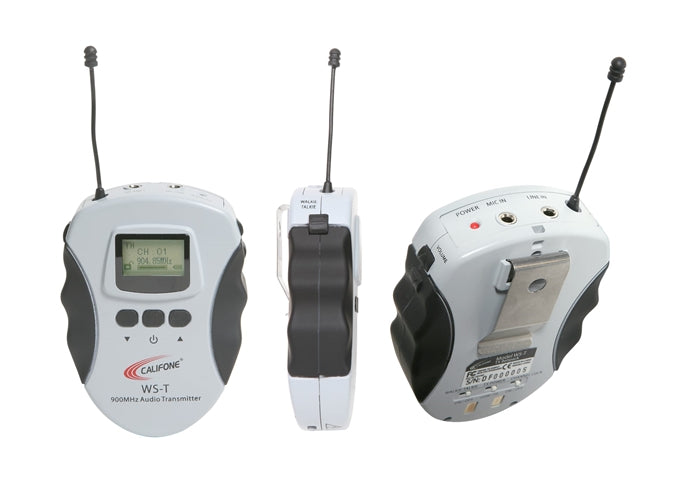
Setting Up Wireless Audio Systems in Large Classrooms
When setting up a wireless audio system in a large classroom or lecture hall, consider these points:
1. Choose the right microphone and place it correctly for the best sound pickup. Use both handheld and lapel microphones for flexibility.
2. Think about how big the room is and make sure the system covers every corner. Do sound tests to find and fix any dead zones.
3. Make sure the new audio system works well with other tech in the room, like projectors or computers. Test all connections before using it fully.
4. Consider the room's acoustics and make changes as needed, like adding materials that absorb sound to reduce echo.
5. Train teachers and staff on how to use the system effectively to get the most out of it.
For classrooms that need multiple audio devices, classroom packs can be a cost-effective solution, providing a complete audio setup for various learning activities.
How Wireless Audio Systems Help in Education
Wireless audio systems bring many benefits to the classroom:
1. Students pay more attention because they can hear everything clearly, which means fewer distractions and better focus.
2. Learning improves when students don't miss important information, leading to better understanding and remembering of material.
3. Teachers don't have to strain their voices, so they can teach more comfortably for longer periods.
4. More students participate in class as they feel more confident speaking and asking questions.
5. It's easier for students with hearing problems to learn, making education more inclusive.
Solutions for Both In-Person and Remote Learning
As schools mix in-person and online learning, wireless audio systems need to keep up. Here's how they help:
1. They can connect to video calls, so remote students hear just as well as those in class, ensuring equal learning opportunities.
2. Teachers can move around and still be heard clearly on video platforms, keeping lessons dynamic and engaging.
3. Hybrid setups allow for easy switches between in-person and remote learning modes, adapting to changing educational needs.
4. Recording capabilities let lessons be saved for later review or for students who couldn't attend live sessions.
For students joining remotely, wireless earbuds for school can improve their listening experience, providing clear audio without disturbing others around them.
Making Sure Everyone Can Hear: ADA Rules and Accessibility
Schools must follow ADA (Americans with Disabilities Act) rules to help all students learn. Wireless audio systems play a big part in this:
1. They help schools meet legal requirements for sound in classrooms, ensuring all students have equal access to education.
2. Students with hearing problems can use special receivers to hear better, working smoothly with the classroom audio system.
3. Customizable audio settings allow for personalized hearing experiences, meeting individual student needs.
4. Multi-lingual capabilities support diverse student populations, enabling real-time translation in some advanced systems.
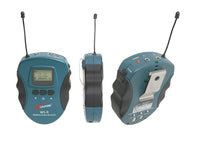
Real Examples: Schools Using Wireless Audio Systems
Many schools have seen great results after adding wireless audio systems:
1. A University of California study found that students in rooms with these systems did better on tests, showing a 10% improvement in retention rates.
2. Teachers reported that students paid more attention and understood lessons better, with a 25% decrease in requests for clarification.
3. A high school in Texas saw a 30% reduction in teacher voice strain-related absences after implementing a wireless audio system.
4. An elementary school noted a 20% increase in class participation among students with mild hearing impairments.
These success stories show how important good audio is for learning. For more insights on using audio technology in education, check out these safety tips for using educational earbuds.
Choosing the Right Wireless Audio System
When picking a wireless audio system for your classroom or lecture hall, think about:
1. How big the room is and its acoustic properties
2. Your budget and long-term cost considerations, including maintenance
3. Any special needs your students or teachers might have, such as hearing impairments or mobility issues
4. The level of technical support available for setup and ongoing maintenance
5. Compatibility with existing technology infrastructure in the school
Remember, technology keeps improving. Future systems might include even more features to help students learn better, such as AI-driven audio optimization or integration with virtual reality learning environments.
For classrooms that prefer traditional headphones, on-ear school headphones can be a great option to complement the wireless audio system, especially for individual listening activities or computer-based learning.
Wrapping Up
Wireless audio systems are changing how we teach and learn in big classrooms. They help everyone hear better, which means students learn more and teachers can teach more easily. As schools keep using more technology, these systems will become even more important for creating great learning spaces. The benefits go beyond just better hearing – they help include everyone, make learning more engaging, and prepare students for a world where clear communication is key. By investing in good wireless audio systems, schools are not just improving current learning conditions but are also getting ready for the future of education.


